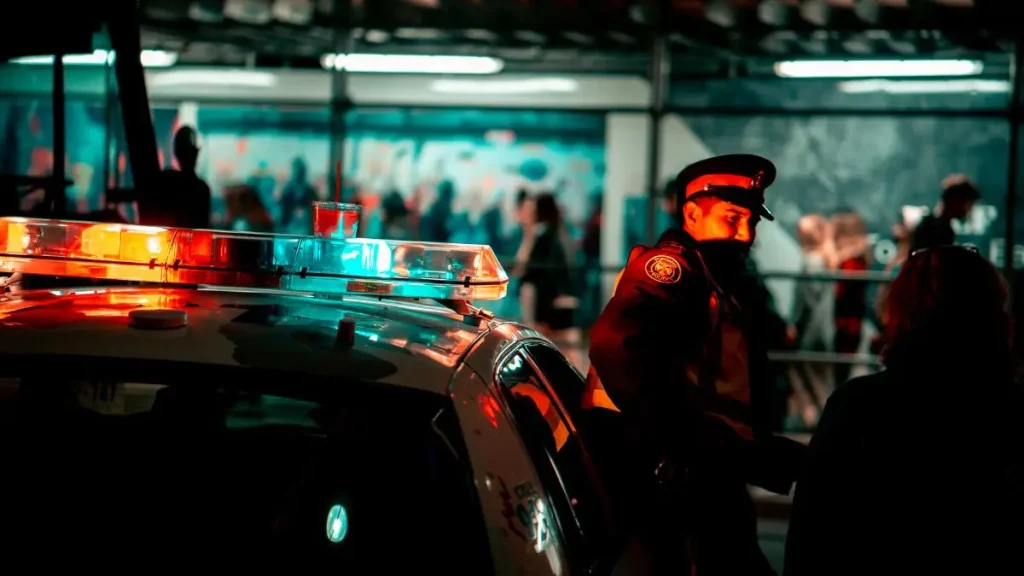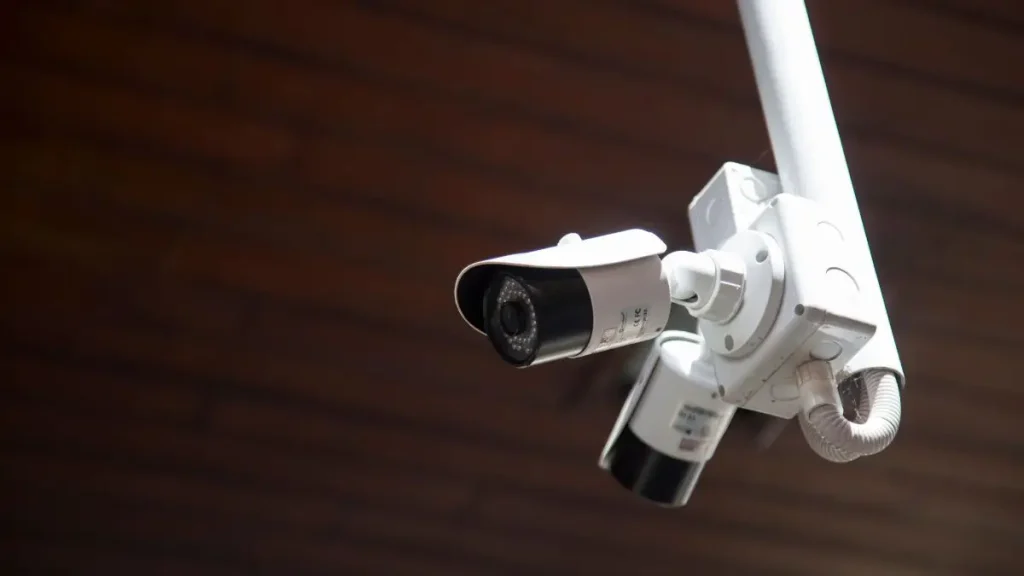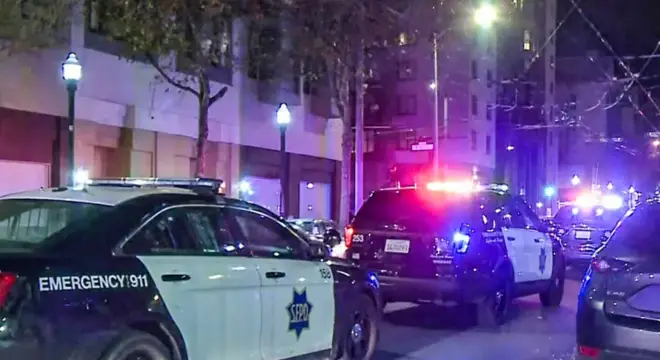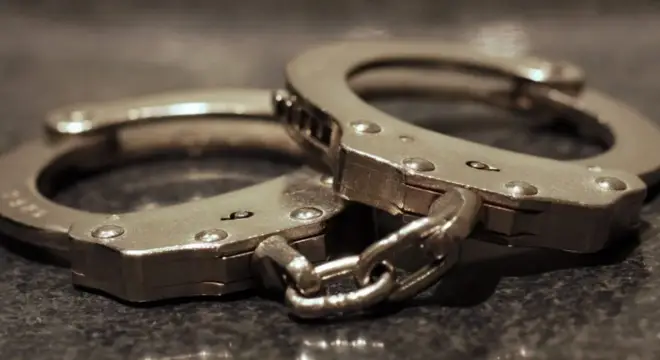Man Hospitalized in Forest Hills After Violent Home Invasion
It happened on a quiet Saturday afternoon, the kind of day you expect peace in a neighborhood like Forest Hills. But for a 28-year-old man living near 62nd Avenue, everything flipped when two strangers forced their way into his home, beat him, and left with just $60 and some medication.
No major scene, no loud noise—just two masked men, in and out within minutes, leaving behind bruises and fear.
This isn’t the kind of crime you expect in a place like this. Forest Hills has always felt like a buffer from the chaos. That’s why it’s jarring. The victim wasn’t involved in anything shady. There was no mention of a dispute, no hint of a setup—just pure vulnerability. A locked apartment wasn’t enough. A door buzzer didn’t stop them.
He ended up in Long Island Jewish Forest Hills hospital. Thankfully, he survived. But the bigger hit? His sense of safety. And if you live in or around Forest Hills, that hit isn’t just his—it’s yours too.
When a home invasion feels random, it makes everyone uneasy.
You start thinking—what if it was my building? What if I didn’t double-check the door? What if I was home alone?
Who Are These People? Let Me Tell You What We Know So Far
If you’re like me, you’re probably wondering: Who would do this? Who are these two men who walked into someone’s home in broad daylight, beat him, and vanished?
The NYPD released some crucial details. As per QNS, one guy was described as having a dark complexion, wearing a black hoodie and sweatpants, with a black facemask. The other? A light-skinned male, dressed in a white T-shirt, also masked.
No names. No arrests. Just camera footage and a man left bruised in his own home.
I don’t know about you, but this bothers me deeply. Because if these men could just walk into his place, what’s stopping them—or people like them—from trying another door tomorrow?
In some cases, police response escalates fast—like this Antioch case where officers shot a man threatening an entire household.
Is This Just One Case—or Part of Something Bigger? Let’s Talk About the Pattern

You might be thinking this is a one-off, a freak incident. I thought that too. But then I looked closer.
According to NYPD’s 112th Precinct data, felony assaults in the area have shot up by 56.9% this year compared to last. That’s not a blip—it’s a red flag.
And it’s not just this Forest Hills case. There’ve been other home invasions across Queens, including one where robbers duct-taped an entire family in their basement. We’re talking calculated entries, targeted violence, and minimal traces left behind.
When things like this start stacking up, you have to ask: Are our neighborhoods still as safe as we believe?
Similar violent incidents have been reported elsewhere, like an alarming case in Enfield where a man faced seven charges after a home invasion. Read full report.
What the Headlines Didn’t Tell You—But You Deserve to Know?
Let me be real with you: most news pieces give you just the surface—the “what,” not the “why” or the “what next.” But here’s what they missed.
No one’s talking about whether the building had functioning security. Was there a doorman? A working intercom? CCTV? And what about the victim’s background—was this random, or was he targeted?
You and I know this: a neighborhood feels safe not because nothing bad happens, but because people talk, react, and prepare together. That’s missing here.
Even in seemingly calm areas like Staten Island, similar stories are unfolding—two men were recently convicted of a brutal home invasion there.
Why It Hits Different: This Wasn’t Supposed to Happen in Forest Hills
If you’re from Forest Hills—or even if you’ve just walked those quiet, tree-lined streets—you know what I mean when I say this: it doesn’t feel like “crime zone” territory. This place has always felt like a calm corner in a loud city.
That’s why this home invasion cuts deep. It violates that silent contract we have with our surroundings—the idea that home equals safe.
It made me think: if this can happen here, it can happen anywhere. To anyone.
The worst part? The emotional aftermath. Victims heal from bruises, but the mental scars—the checking of locks twice, the late-night anxiety—that stuff stays.
What do you think—does this change how safe you feel about your neighborhood? Let me know in the comments below.
Let’s Get Real: What You and I Can Do to Stay Safe Now?

I’m not here to scare you—I’m here to prepare both of us. Because if this can happen on a Saturday afternoon in Forest Hills, then you and I have to do more than hope it doesn’t happen again.
Think about your building. Do you have a working security system? Are the cameras functional or just for show? Can strangers buzz in easily?
On a personal level—do you have a plan if someone tries to force their way in? An emergency contact? A panic button app?
These aren’t “paranoid” questions anymore. They’re practical.
And if, God forbid, something does happen? Know your steps. File a report. Get medical care. Keep documentation. And never feel embarrassed to seek trauma support—emotional recovery matters too.
A lot of residents now prefer quick local alerts directly on their phones. I came across a WhatsApp channel that shares these types of safety updates regularly—it’s actually been helpful. You can check it out here if you’re into that kind of thing.
Want to Help? Here’s What You and I Can Do Right Now
Let’s not just scroll past this. Let’s actually do something.
The NYPD needs help. They’ve put out surveillance images and a request for tips—but most people assume someone else will call.
You and I? We won’t assume.
If you saw anything suspicious near 62nd Ave. on June 21, or know someone who might’ve—call Crime Stoppers at 1-800-577-TIPS or message them on X. You can stay anonymous.
Even reviewing doorbell camera footage in nearby buildings might make a difference.
And one more thing—talk about this. Tell neighbors. Share the alert. Awareness spreads faster than crime if we push it.
Final Thoughts
Before you go back to scrolling Instagram or checking emails—pause.
Let this sit with you for a second.
This wasn’t just a robbery. It was a message: that even “safe” places can be vulnerable. And that unless we lock in, mentally and physically, we leave the door open for fear to walk in.
You and I don’t get to control what happened—but we do control what we do now.
Check your locks. Talk to your building manager. Keep an eye out. And above all, never think “this won’t happen to me.”
That’s what the victim probably thought too.
For more updates like this one on community safety and crime reports, visit our home incidents section.
Disclaimer: This article is for informational purposes only. It does not constitute legal advice or an official police statement. For urgent concerns, contact local authorities or Crime Stoppers directly.


